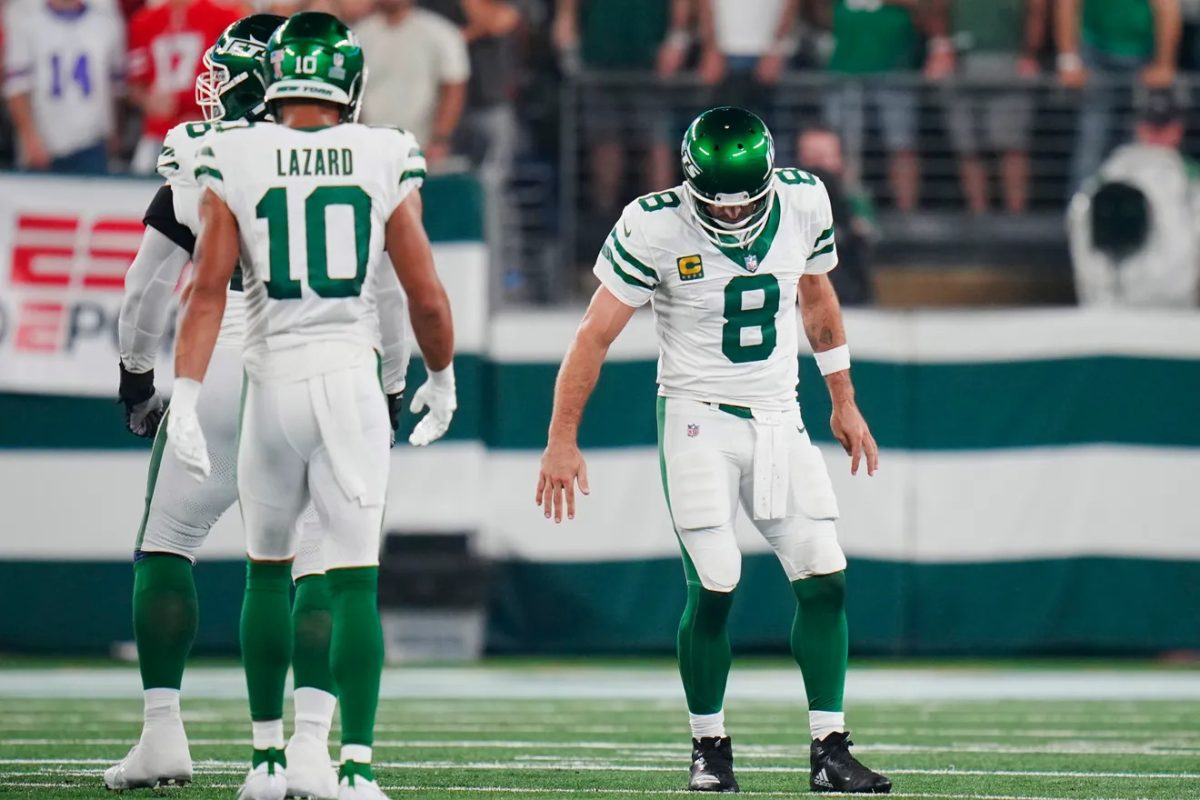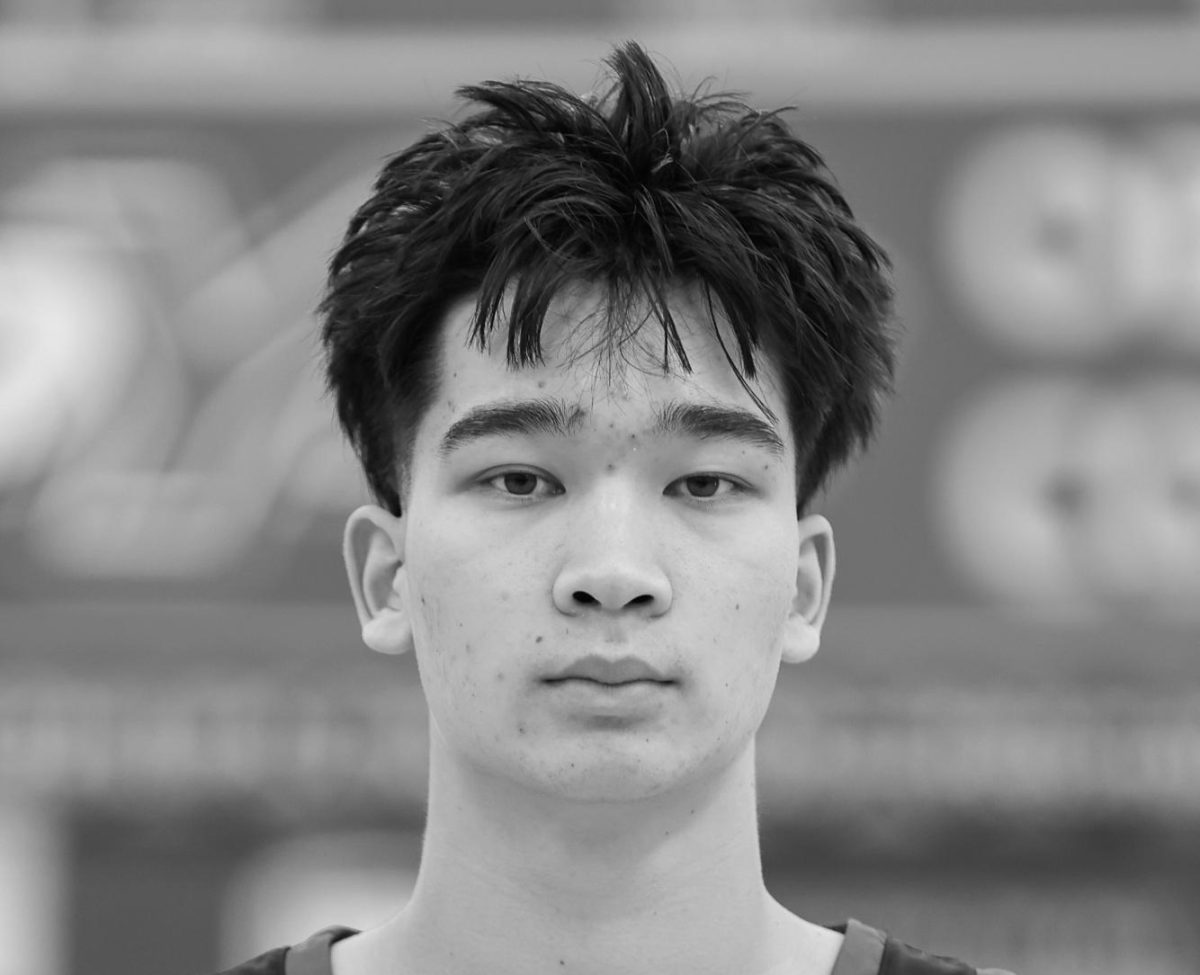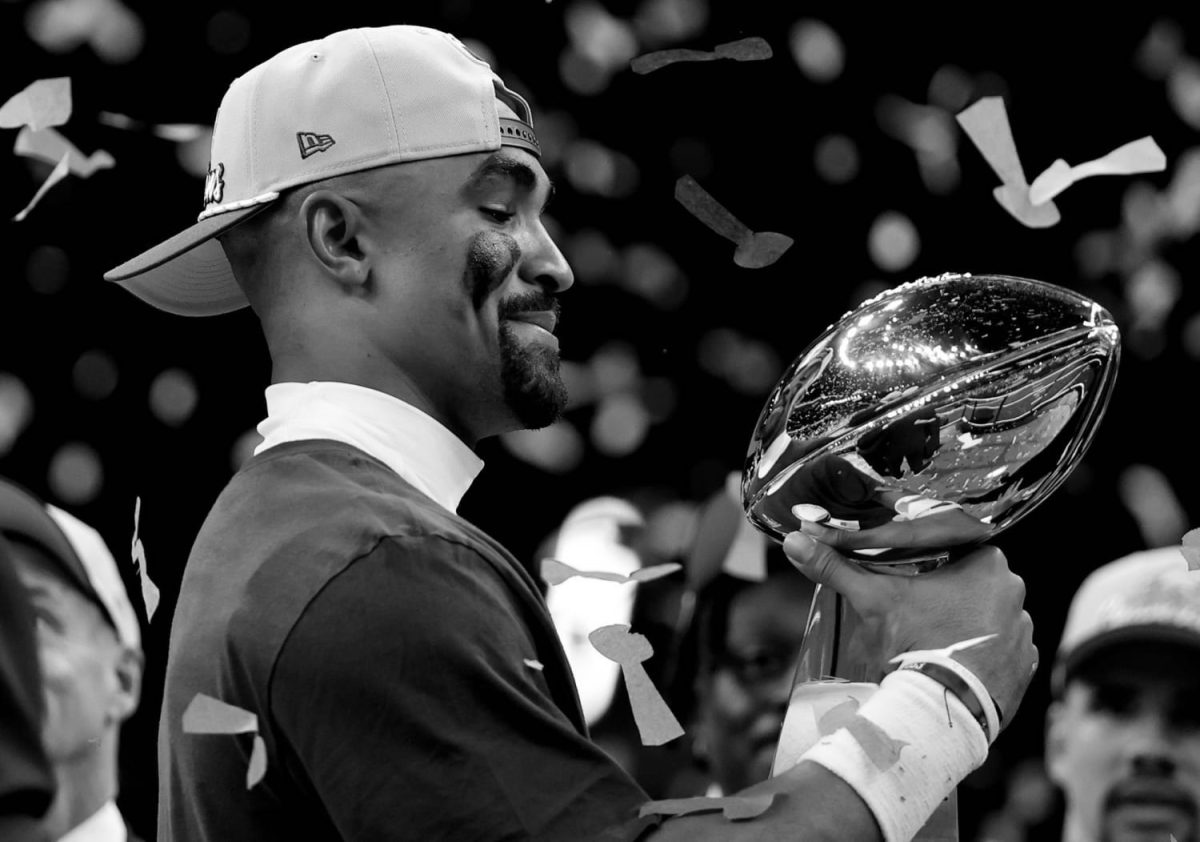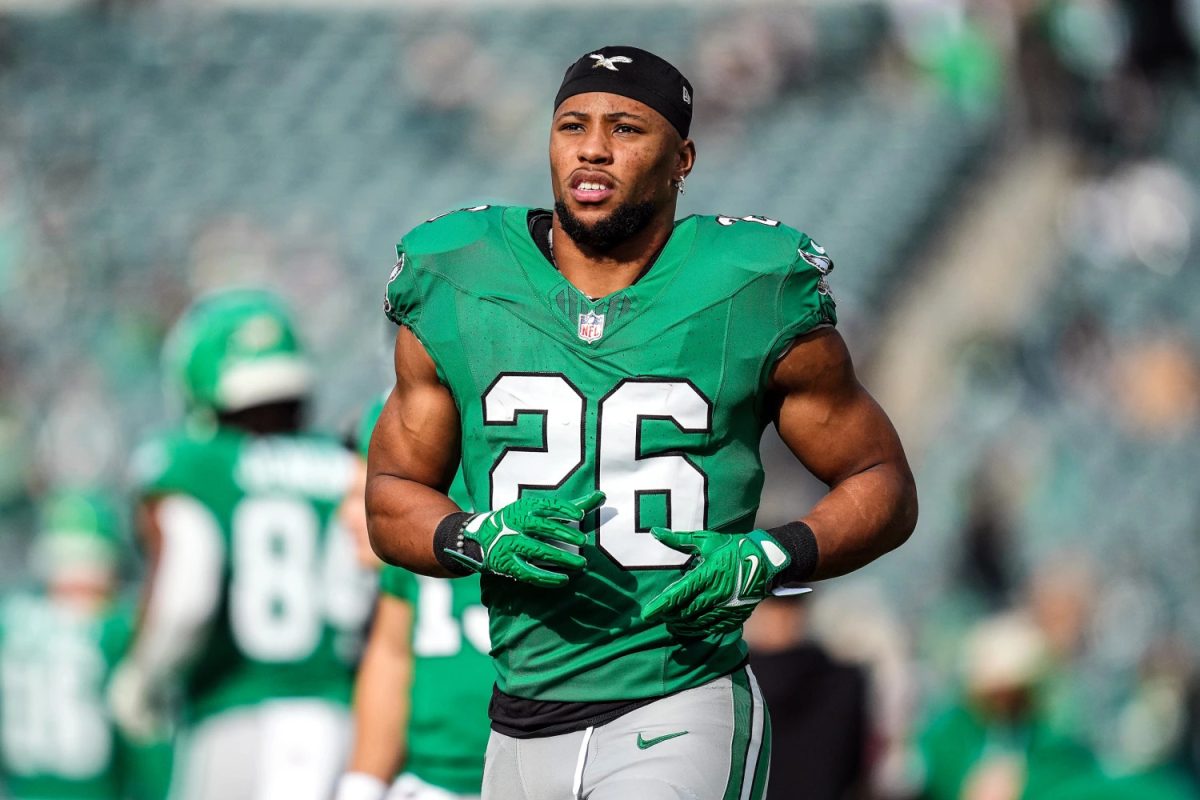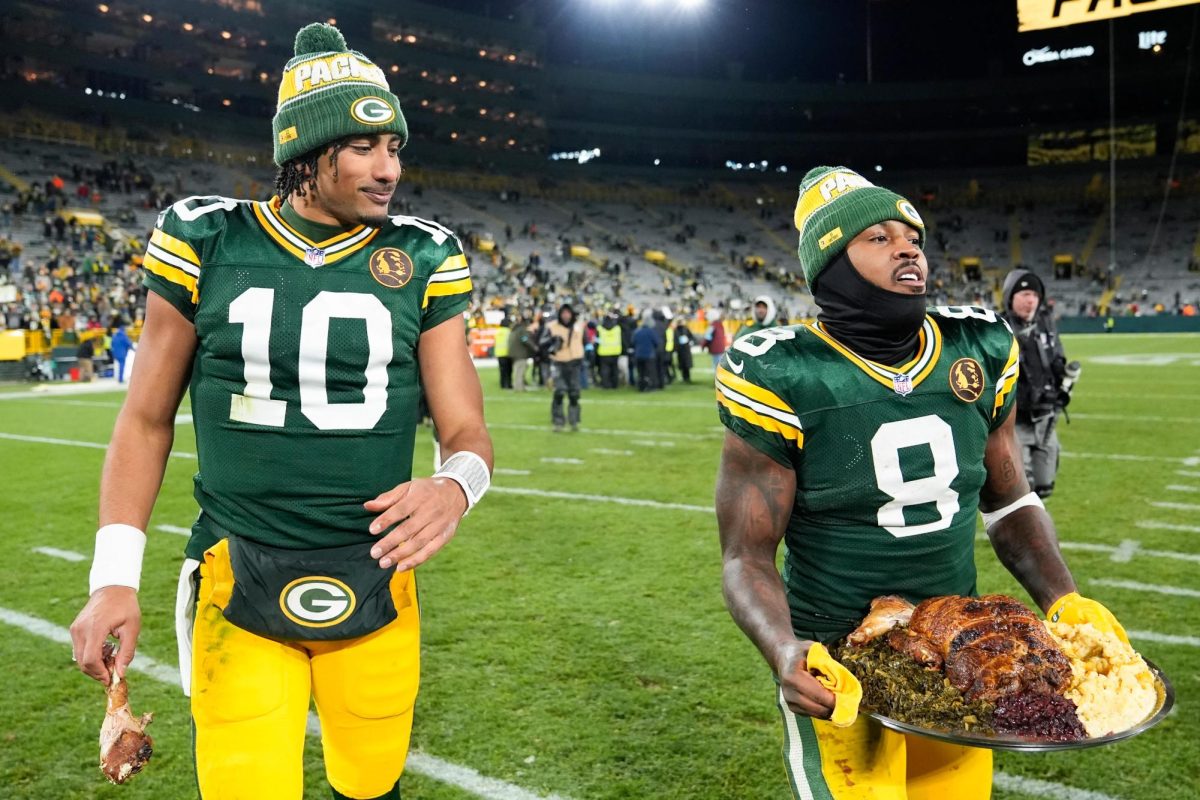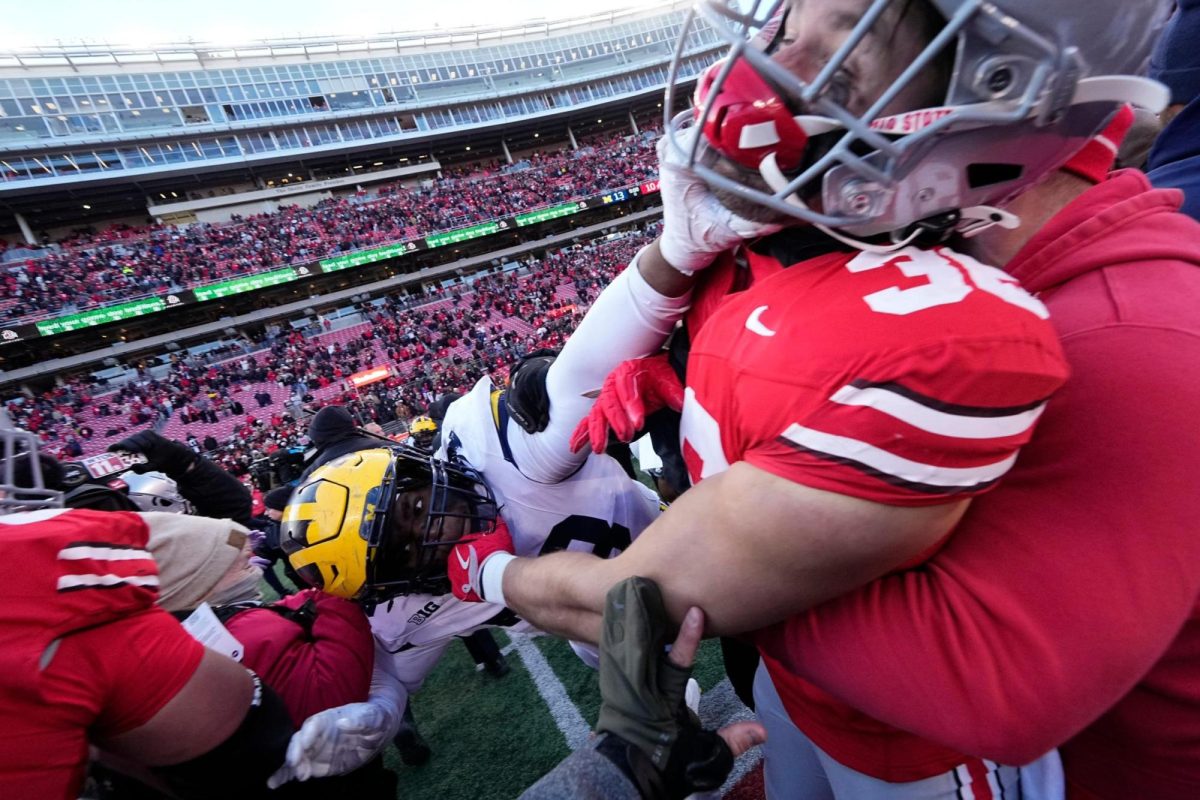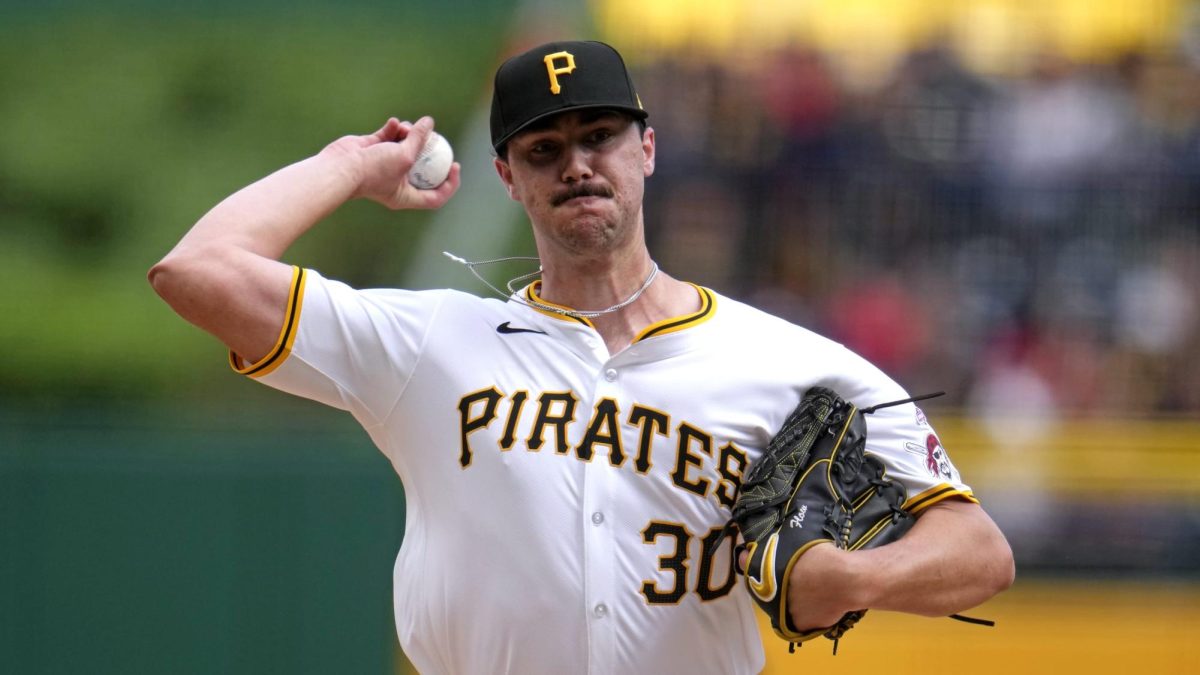Athletes have debated whether fields should be made out of turf or grass for years. For some, playing on grass provides benefits, such as resistance against injuries. Others prefer turf for the low maintenance it requires. It remains a fundamental question that different sports leagues have come to different conclusions on. Professional soccer, golf, and rugby are still mainly played on grass, while football and field hockey are primarily on turf fields. Some teams within these sports vary their playing surface depending on their resources.
The debate has recently come back in full force due to the injury that the New York Jets Quarterback Aaron Rodgers suffered. Rodgers, a four-time NFL MVP and a one-time Super Bowl Champion, suffered a season-ending injury last week against the Buffalo Bills on his fourth play. He tore his Achilles on artificial turf during the game and pointed to the lack of resistance turf has when playing in comparison to grass. At Rodgers’ age of 39, recovering from a torn Achilles takes a particular toll. Therefore, the National Football League Players Association came out with a statement calling for fields across the league to be made out of grass rather than turf.
“Moving all stadium fields to high-quality natural grass surfaces is the easiest decision the NFL can make,” Lloyd Howell, the executive director of the NFLPA, said. “The players overwhelmingly prefer it, and the data is clear that grass is simply safer than artificial turf. It is an issue that has been near the top of the players’ list during my team visits and one I have raised with the NFL. While we know there is an investment to making this change, there is a bigger cost to everyone in our business if we keep losing our best players to unnecessary injuries.”
Data shows that the ratio of injuries suffered by players on turf fields vs. the injuries sustained while playing on grass fields in the last decade have increased, with 2021 being an outlier. The NFL and teams within the league still hold their position on the fact that turf fields do not play a significant role in the number of injuries, which furthers the discussion between players and the league. Nevertheless, another point brought up by the NFLPA raised a moral concern.
“It makes no sense that stadiums can flip over to superior grass surfaces when the World Cup comes, or soccer clubs come to visit for exhibition games in the summer, but inferior artificial surfaces are acceptable for our own players,” Howell wrote on X, formerly known as Twitter. “This is worth the investment and it simply needs to change now.”
Howell pointed out that soccer is changing because of players who expressed their concerns. In previous years, many players who switched from European to American soccer were critical of the effect of turf on athletes. These concerns were raised after they played at NFL stadiums. Major League Soccer and the NFL share stadiums for the following teams: Atlanta United FC and the Atlanta Falcons, Charlotte FC and the Carolina Panthers, the New England Revolution and the New England Patriots, the Seattle Sounders FC and the Seattle Seahawks, and the Chicago Fire FC and Chicago Bears. Thierry Henry, largely regarded as one of the best French soccer players of all time, never competed on a turf field while playing for the New York Red Bulls from 2010–2014 due to fears of re-aggravating his injured Achilles.
“Maybe I need to remind you turf is one of the most severe things I’ve seen for us to play in,” Henry said in 2011.
Another superstar who came to play in the MLS and complained about turf fields was David Beckham during his time with the LA Galaxy. Beckham, widely considered one of the best English players of all time, expressed his worry for players on turf fields after experiencing horrible conditions himself.
“As a professional athlete, you can’t play a game of soccer on that sort of field,” Beckham said. “What it does to your body as a soccer player, you’re in bits for three days.”
Most recently, Lionel Messi, regarded as one of the best soccer players of all time and a player for Inter Miami CF, was asked about playing on turf fields in the MLS. He answered that he had previous experience on turf from his youth career, so he wouldn’t have a problem with them. Nevertheless, he didn’t play in Inter Miami FC’s first game on a turf field against Atlanta United FC, allegedly out of the team’s fear that he would get injured.
So why hasn’t the switch happened? Turf requires less maintenance than grass and many teams don’t want to cover the additional cost. To some extent, that argument is valid. Back in my hometown of Mexico City, schools, including mine, moved to a synthetic turf field to reduce the costs of maintaining grass fields. Nowadays, finding a well-kept natural grass field is a rare sight. Here at Oberlin, Bailey Field is made out of turf, possibly due to the toll the field takes, as football, field hockey, and women’s and men’s lacrosse all use it. According to Michigan State University, the annual cost of maintaining an artificial turf field can be around 10,000 dollars less than a natural grass field. So, the argument that maintenance of a turf field is more economically sound does have some substance.
However, Howell points out that the investment is necessary to protect players and ends up being a better monetary decision in the long run. The money teams spend on rehabilitation programs is significantly higher than the cost to maintain a natural grass field. According to Forbes, NFL teams spent more than $500 million on player injuries in 2019, and the average cost of maintaining a natural grass field every year can cost up to $48,960 dollars, according to Michigan State University.
Players asking to switch to natural grass are calling on teams and stadium owners to stop looking at their livelihoods as a business and to instead actually protect the people involved. Since data backs up the argument of the NFLPA and doctors who have repeatedly supported grass fields, and since executives are willing to make the change for the 2026 World Cup in the United States, the adjustment should be imminent, and time shouldn’t be wasted.


